Cureus, Classic and Non-classic (Surrepticius) Scabies: Diagnostic and Treatment Considerations
Von einem Mystery-Man-Autor
Last updated 04 Juni 2024
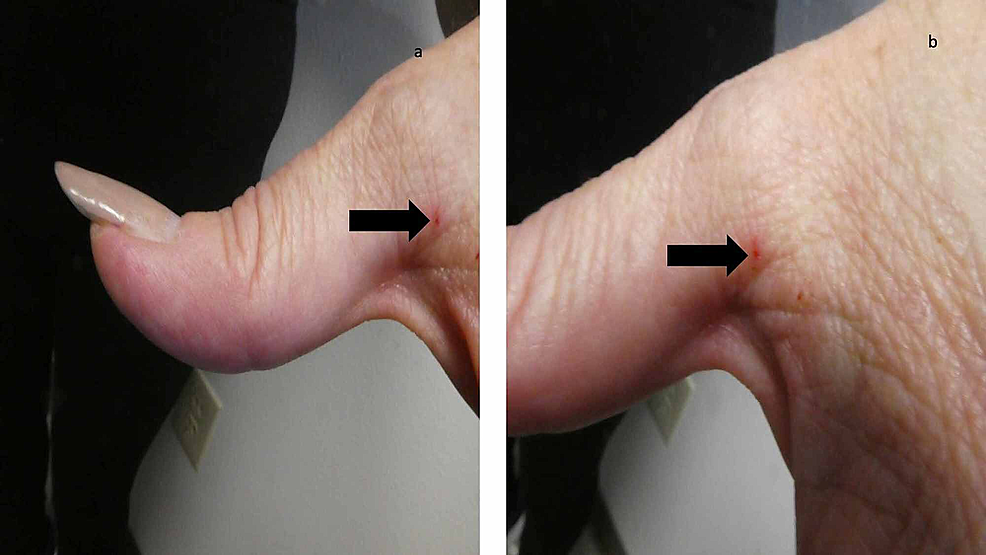
The morphology of scabies, a mite infestation of worldwide proportion, is characterized by a variety of cutaneous lesions. Patients with classic scabies present with characteristic burrows often located on the web spaces of the fingers and toes. Scabies surrepticius refers to the non-classic atypical presentation of scabies; establishing the diagnosis of scabies in these individuals can be difficult. To facilitate the diagnosis of scabies, criteria have been proposed by the International Alliance for the Control of Scabies (IACS). These criteria are intended for scabies research; however, they can be utilized by clinicians to establish either a confirmed diagnosis, a clinical diagnosis or a suspected diagnosis of scabies. Visualization of mites, eggs or feces is necessary for a confirmed diagnosis of scabies. A clinical diagnosis can be established by observation of either genital lesions in men or burrows or classically distributed classical lesions in individuals with two historic features: pruritus and close contact with an individual who itches and has classically distributed classical scabetic lesions. The clinical features and management of a woman residing in an assisted living environment with a confirmed diagnosis of scabies and a man with a clinical diagnosis of scabies are described. The criteria for the suspected diagnosis of scabies require either one historic feature and typical lesions in a typical distribution or both historic features and the presence of atypical lesions or an atypical distribution of the skin lesions. Once the diagnosis of scabies is established, not only the patient but also close contacts should receive treatment with either a topical medication (such as permethrin 5% cream) or a systemic drug (ivermectin) or both. The number and frequency of treatments are variable; classic scabies typically is managed with a total of two treatments performed weekly to biweekly. Patients with crusted scabies usually require multiple topical and oral antiscabetic treatments in addition to topical keratolytic therapy. Bacterial impetiginization or infection (most commonly by Staphylococcus aureus or Streptococcus pyogenes) can complicate scabies infestation and potentially result in cellulitis, abscess, sepsis, rheumatic fever, rheumatic heart disease and post-streptococcal glomerulonephritis; therefore, in some patients, systemic antimicrobial therapy may be necessary in addition to scabies-directed treatment. In addition to systemic antihistamines, oral and/or topical corticosteroids may be used to provide symptomatic pruritus relief once the diagnosis of scabies has been established and mite-directed treatment has been initiated. The clinician should consider several potential causes (such as inadequate treatment, reinfection, mite resistance, delusions of parasitosis and the development of a new non-scabetic dermatosis) in scabies patients who fail to respond to treatment with a topical or oral scabicide therapy.

PDF] Scabies Surrepticius: Scabies Masquerading as Pityriasis Rosea
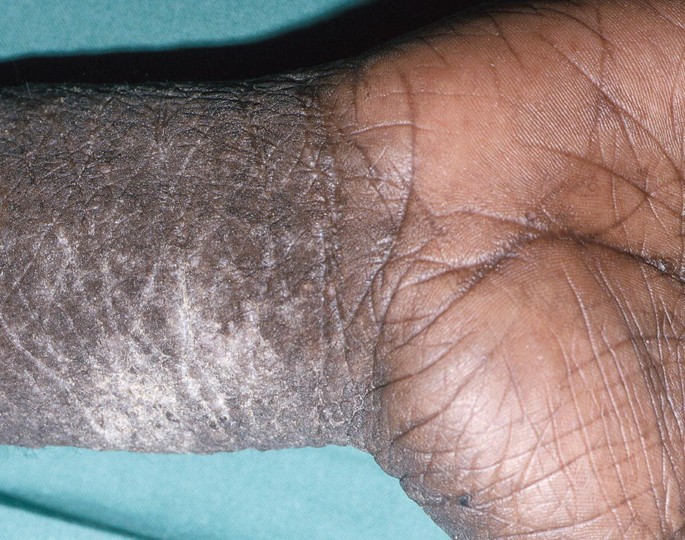
Clinical Manifestations of Severe Scabies

PDF] Scabies: A clinical update.

So confused, please help with ID : r/scabies
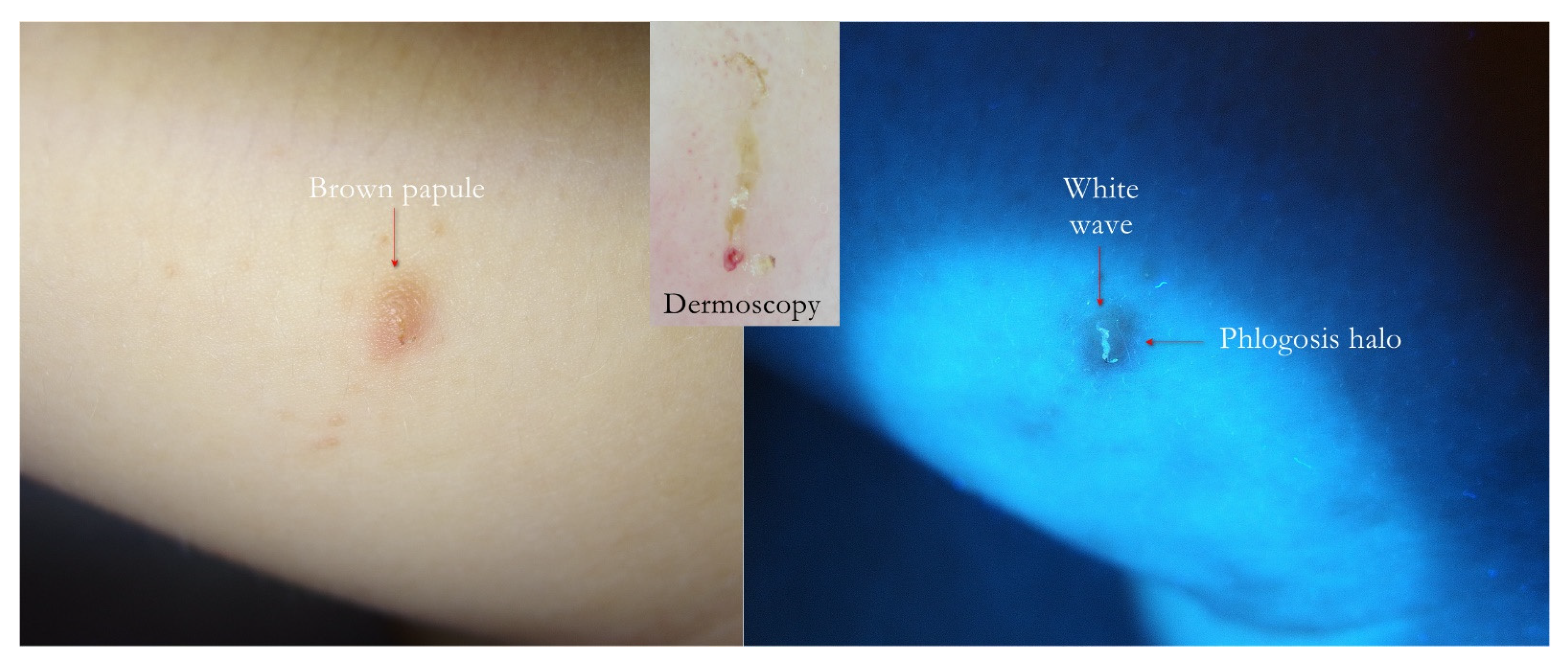
TropicalMed, Free Full-Text

PDF) Crusted Scabies, a Neglected Tropical Disease: Case Series and Literature Review

Cureus, Classic and Non-classic (Surrepticius) Scabies: Diagnostic and Treatment Considerations
Update] Post-Scabies situation might be re infeststion 2 months after treatment, still need your thoughts : r/scabies

Are these scabies? Any help would be great : r/scabies

PLEASE HELP (Post or Active scabies) : r/scabies
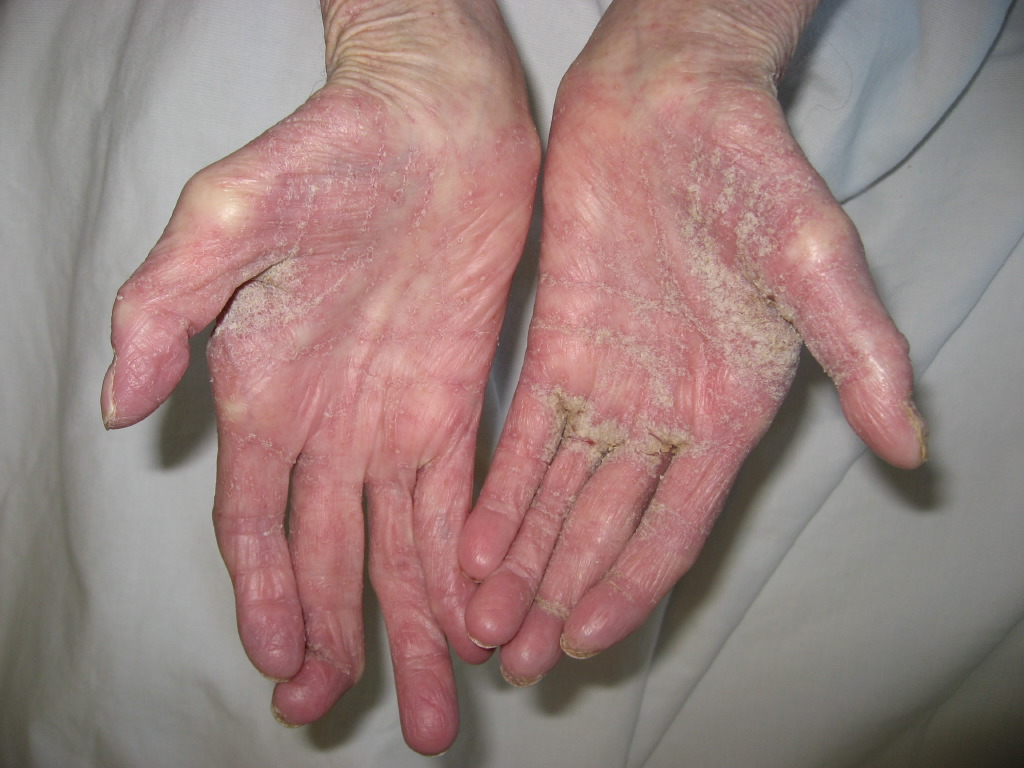
Scabies, Treatment & Management
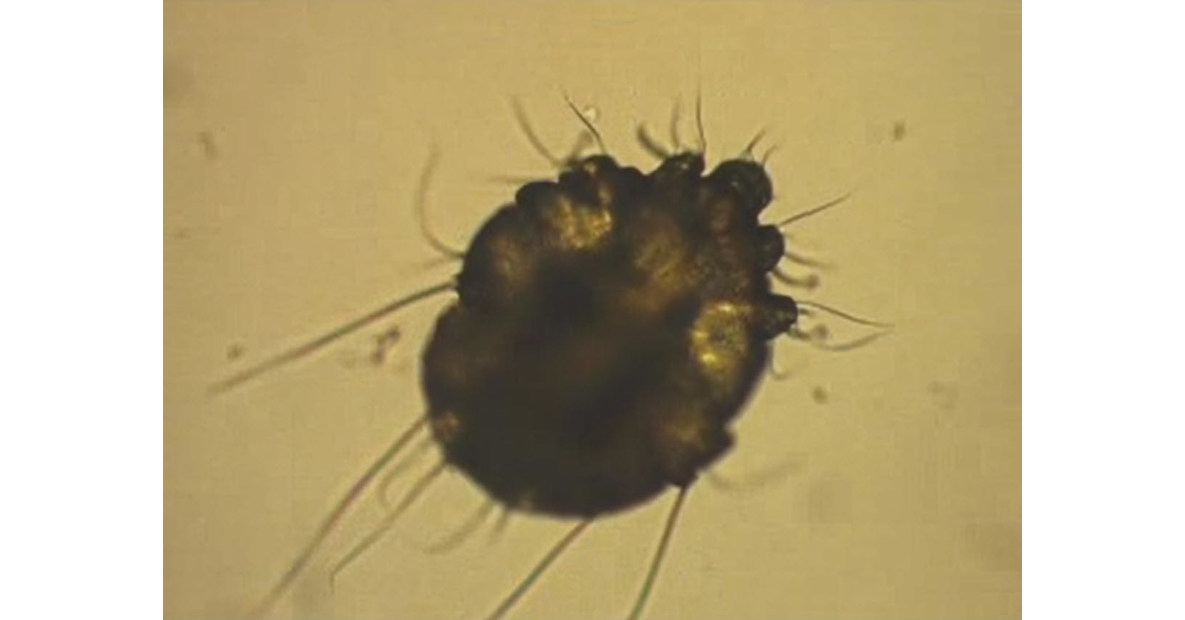
ParaPRO Announces Availability of Natroba™ (spinosad) Topical Suspension, 0.9% for the Treatment of Scabies

Scabies: A comprehensive review and current perspectives - Arora - 2020 - Dermatologic Therapy - Wiley Online Library

Scabies surrepticius: An uncommon presentation of a common dermatosis - Kouki - 2022 - Clinical Case Reports - Wiley Online Library
für dich empfohlen
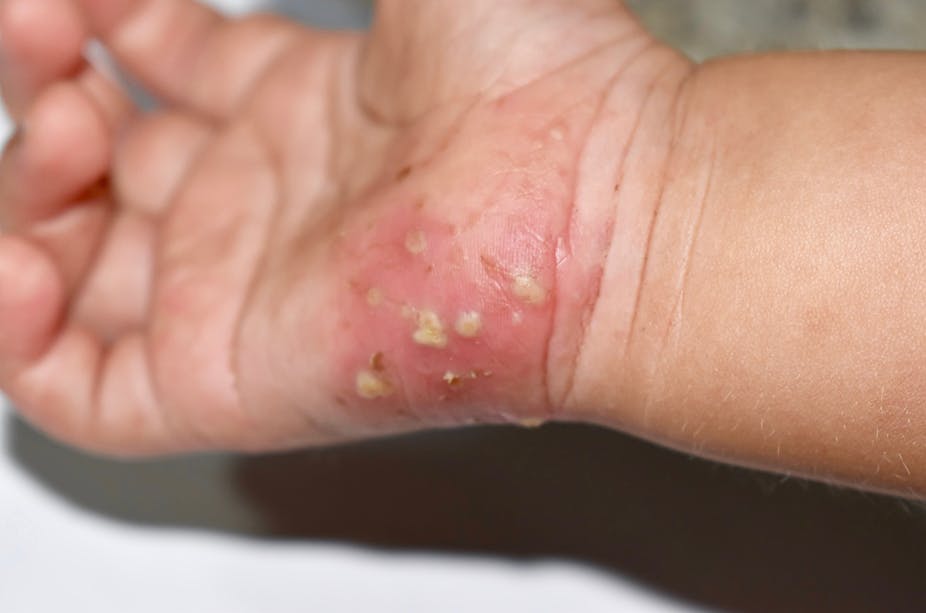 Scabies: UK facing unusually large outbreaks – and treatment shortages appear mostly to blame14 Jul 2023
Scabies: UK facing unusually large outbreaks – and treatment shortages appear mostly to blame14 Jul 2023 Scabies - AllergyKB14 Jul 2023
Scabies - AllergyKB14 Jul 2023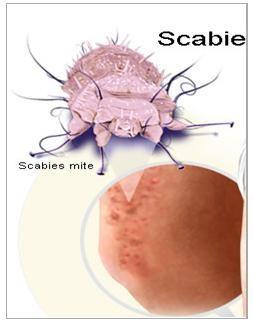 Scabies — Vikaspedia14 Jul 2023
Scabies — Vikaspedia14 Jul 2023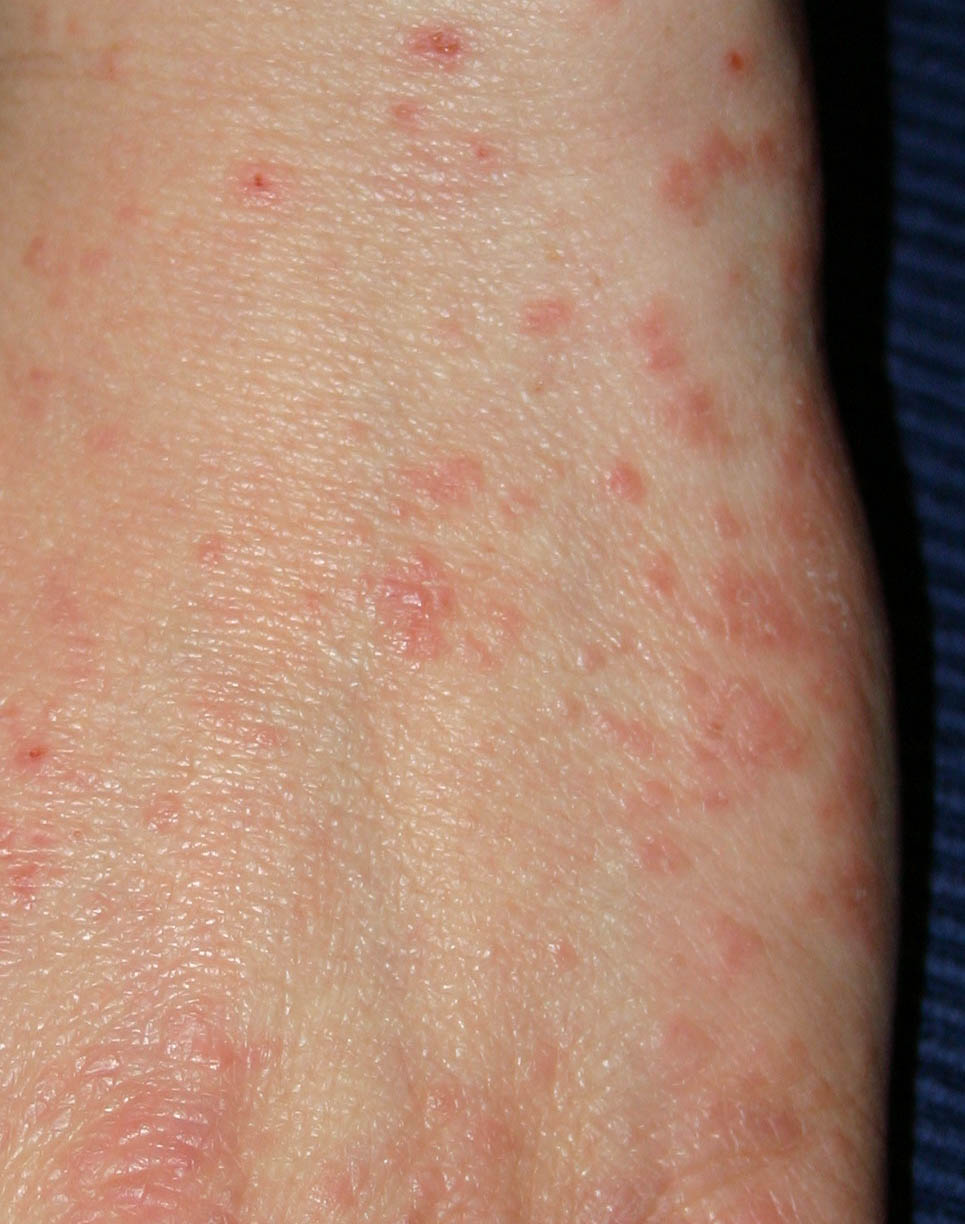 Scabies / Itch Mite - Dermatology - Medbullets Step 114 Jul 2023
Scabies / Itch Mite - Dermatology - Medbullets Step 114 Jul 2023 Scabies-induced hyperkeratosis of the hands14 Jul 2023
Scabies-induced hyperkeratosis of the hands14 Jul 2023 Beginners Guide On Scabies: The Beginners Guide On The Causes, Symptoms, Treatment, Prevention And Lot More: Janice, Dr. Billy: 9798353314592: : Books14 Jul 2023
Beginners Guide On Scabies: The Beginners Guide On The Causes, Symptoms, Treatment, Prevention And Lot More: Janice, Dr. Billy: 9798353314592: : Books14 Jul 2023 Scabies surrepticius presenting as red tender pustules on the left palm14 Jul 2023
Scabies surrepticius presenting as red tender pustules on the left palm14 Jul 2023 Scabies rash showing extensive involvement. Typical lesions present on14 Jul 2023
Scabies rash showing extensive involvement. Typical lesions present on14 Jul 2023 Scabies: Causes, Symptoms, Treatment - RemoteDerm14 Jul 2023
Scabies: Causes, Symptoms, Treatment - RemoteDerm14 Jul 2023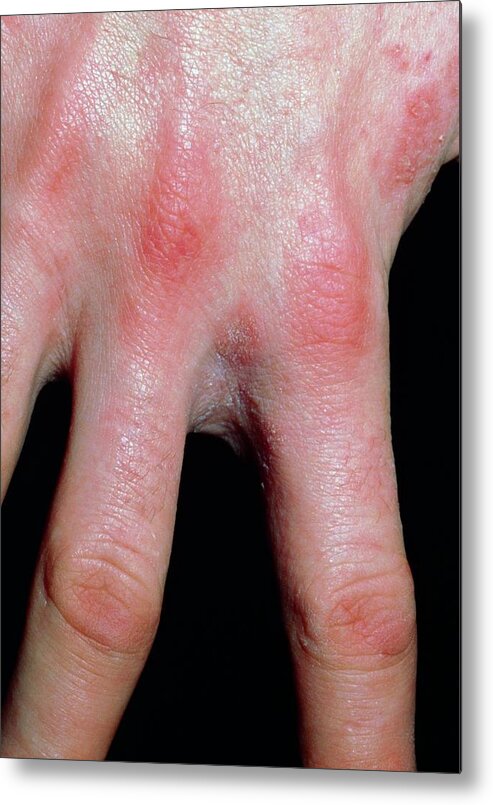 Scabies Infection On The Hand And Fingers Metal Print by Dr H.c.robinson / Science Photo Library - Pixels14 Jul 2023
Scabies Infection On The Hand And Fingers Metal Print by Dr H.c.robinson / Science Photo Library - Pixels14 Jul 2023
Sie können auch mögen
 BestPlug 5 Meter Audio Stereo Kabel Verlängerung Aux in Out, 6,3mm Klinke Stecker männlich auf 6,3mm Klinke Buchse Kupplung weiblich, Schwarz : : Elektronik & Foto14 Jul 2023
BestPlug 5 Meter Audio Stereo Kabel Verlängerung Aux in Out, 6,3mm Klinke Stecker männlich auf 6,3mm Klinke Buchse Kupplung weiblich, Schwarz : : Elektronik & Foto14 Jul 2023 PEARL Isolierte Mini-Kühltasche mit Tragegurt, 2,5 Liter14 Jul 2023
PEARL Isolierte Mini-Kühltasche mit Tragegurt, 2,5 Liter14 Jul 2023 Deko Herz Blume zum Aufhängen Holz Deko Anhänger Tür- Fensterschmuck Weiß Silber14 Jul 2023
Deko Herz Blume zum Aufhängen Holz Deko Anhänger Tür- Fensterschmuck Weiß Silber14 Jul 2023 Shark Car Shifter Hoodie Mini Plush Car Gear Shift Knob Cover Gear14 Jul 2023
Shark Car Shifter Hoodie Mini Plush Car Gear Shift Knob Cover Gear14 Jul 2023 T4: Türgriff vorne rechts aussen schwarz - , 30,67 €14 Jul 2023
T4: Türgriff vorne rechts aussen schwarz - , 30,67 €14 Jul 2023 5 Stück Autotürschwellenschutz,für Mazda CX-5 CX5 2017-2023.Dekoratives Zubehör den vorderen hinteren Schweller und die hintere Stoßstange14 Jul 2023
5 Stück Autotürschwellenschutz,für Mazda CX-5 CX5 2017-2023.Dekoratives Zubehör den vorderen hinteren Schweller und die hintere Stoßstange14 Jul 2023 FILTERTROCKNER - Castel14 Jul 2023
FILTERTROCKNER - Castel14 Jul 2023- 2 Auffahrkeile für Wohnmobil von Uniko14 Jul 2023
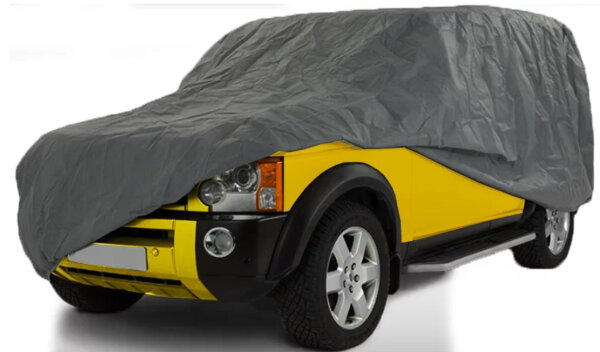 Auto Abdeckung Abdeckplane Cover Ganzgarage outdoor stormforce für Va, 174,88 €14 Jul 2023
Auto Abdeckung Abdeckplane Cover Ganzgarage outdoor stormforce für Va, 174,88 €14 Jul 2023 Audi A3 2012-2020 Rear Electric Handbrake Brake Caliper Servo Motor Left14 Jul 2023
Audi A3 2012-2020 Rear Electric Handbrake Brake Caliper Servo Motor Left14 Jul 2023
